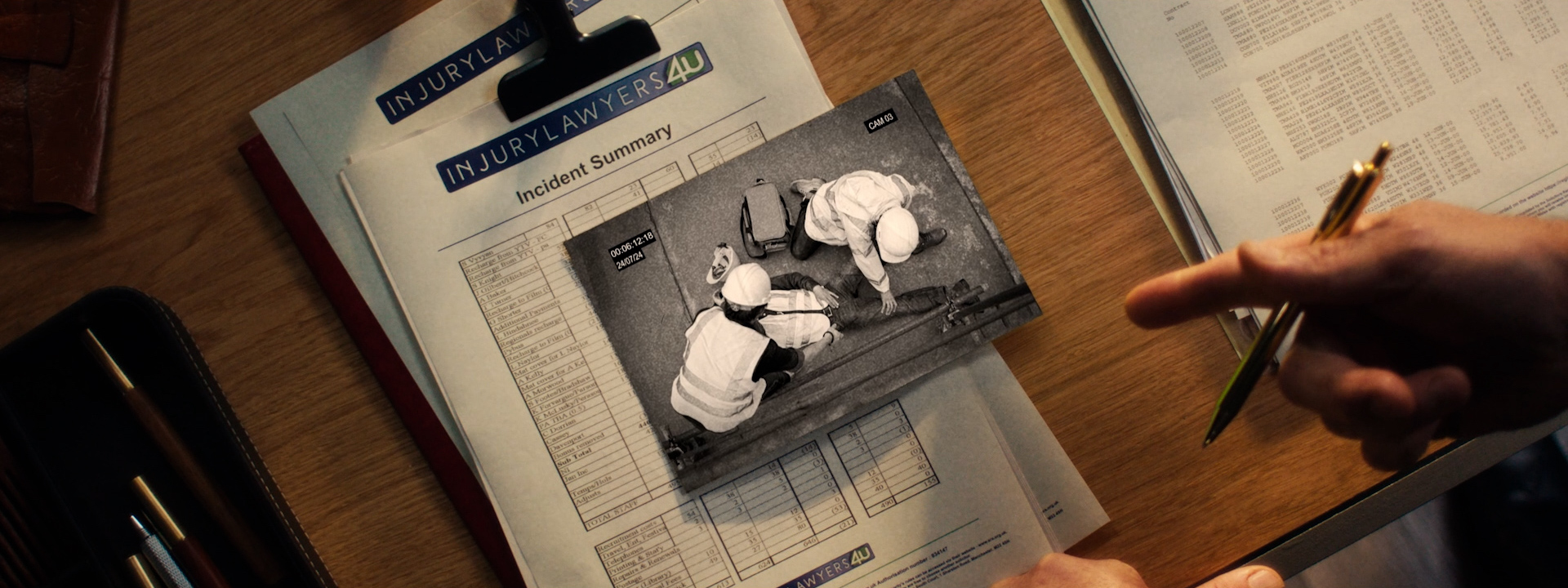Protect your future: Understanding construction accident claims could be the difference between financial security and devastating loss on your next project.
Understanding Construction Site Accidents and Legal Rights
In the UK construction industry, workplace accidents remain a significant concern, with the Health and Safety Executive (HSE) reporting 39 fatal injuries in 2022/23 and over 61,000 non-fatal injuries. Understanding your legal rights and obligations is crucial for every builder and construction professional. Construction accidents can have devastating consequences, ranging from minor injuries to life-changing conditions. The Construction (Design and Management) Regulations 2015 provides the legal framework for managing safety on construction sites, establishing clear responsibilities for all parties involved.
- Falls from height (28% of all construction accidents)
- Slips, trips, and falls on the same level (23%)
- Being struck by moving or falling objects (18%)
- Manual handling injuries (15%)
- Equipment and machinery accidents (10%)
When an accident occurs, taking immediate action is crucial. Document everything, seek medical attention, and report the incident to site management and the HSE if required. This documentation forms the foundation of any future claim.
Workers Compensation Claims Explained
The UK’s workers’ compensation system operates through employers’ liability insurance, which is legally required for most businesses. This no-fault system means you can claim compensation regardless of who caused the accident, provided it occurred during work activities. Claims must typically be initiated within three years of the accident date or when you became aware of an injury or illness.
- Medical expenses and treatment costs
- Loss of earnings during recovery
- Travel expenses for medical appointments
- Rehabilitation costs
- Care and support needs
To file a successful claim, maintain detailed records including accident reports, medical documentation, witness statements, and photographs of the accident scene. Your employer’s insurance company will assess the claim based on this evidence.
Third-Party Claims in Construction Accidents
Beyond standard workers’ compensation, you may be entitled to pursue additional claims against third parties whose negligence contributed to your accident. These parties might include equipment manufacturers, subcontractors, or property owners. Third-party claims often result in higher compensation amounts as they can include damages not covered by workers’ compensation, such as pain and suffering.
The key difference lies in the burden of proof – while workers’ compensation operates on a no-fault basis, third-party claims require demonstrating negligence or breach of duty. These claims can run parallel to workers’ compensation claims, potentially maximising your total compensation.
Establishing Liability and Negligence
Proving liability in construction accident claims often hinges on demonstrating breaches of health and safety regulations. The HSE’s Construction (Design and Management) Regulations 2015 sets clear standards for site safety. Violations of these regulations can serve as powerful evidence of negligence. Documentation is crucial – maintain records of:
- Site safety inspections and risk assessments
- Training certificates and qualifications
- Equipment maintenance logs
- Accident reports and investigations
- Photographic evidence of unsafe conditions
Professional Support and Legal Representation
Seeking professional legal advice early in the claims process can significantly impact your outcome. Construction accident solicitors specialising in workplace injuries understand the complex interplay of regulations and can help navigate both workers’ compensation and third-party claims. Most reputable firms offer free initial consultations and work on a ‘no win, no fee’ basis, making legal representation accessible to all workers.
When choosing a solicitor, look for:
- Specific experience with construction accident claims
- Membership in relevant professional bodies
- Clear communication about fees and processes
- Strong track record of successful claims
- Understanding of construction industry regulations
Preventative Measures and Best Practices
Prevention remains the best strategy for avoiding construction accident claims. Implementing robust safety protocols and maintaining comprehensive documentation can protect both workers and businesses. Regular risk assessments, proper training, and clear communication channels are essential components of an effective safety strategy.
Key preventative measures include:
- Regular safety training and updates
- Proper PPE provision and maintenance
- Clear emergency procedures
- Regular equipment inspections
- Documentation of all safety measures
Financial Impact and Recovery
The financial implications of construction accidents extend far beyond immediate medical costs. Long-term recovery might require extensive rehabilitation, while severe injuries could impact future earning capacity. Understanding the full scope of potential compensation is crucial for protecting your financial future. Claims typically consider:
- Immediate medical expenses
- Long-term care needs
- Lost earnings and future earning capacity
- Rehabilitation costs
- Impact on quality of life
Protecting Your Rights and Future
Taking proactive steps to protect your rights is essential in the construction industry. Stay informed about your legal rights, maintain proper documentation, and never hesitate to raise safety concerns. Remember these key points:
- Report all accidents immediately
- Seek medical attention promptly
- Document everything thoroughly
- Keep copies of all relevant paperwork
- Consult with legal professionals when needed
By understanding your rights and responsibilities regarding construction accident claims, you’re better equipped to protect yourself and your colleagues. Remember, prevention is always better than cure, but knowing how to handle claims effectively ensures you’re prepared for any situation.
FAQ
What is a successful negligence claim?
In order to establish negligence, you must be able to prove four “elements”: a duty, a breach of that duty, causation and damages. Duty: You must first prove that the person against whom your claim is made owed a duty to you.
Who is usually responsible for liability during the construction process?
Contractors are usually liable for problems that occur with the work they are hired to perform or if they do not complete the work as agreed. They may also take on a greater or lesser liability exposure by terms within the contract.
Sources
[1] https://www.silvasilva.com/construction-accident-in-florida/
[2] https://www.justia.com/injury/workplace-accidents/construction-accidents/
[3] https://www.klezmermaudlin.com/5-steps-for-filing-construction-accident-claim-in-indiana/


Leave a Reply